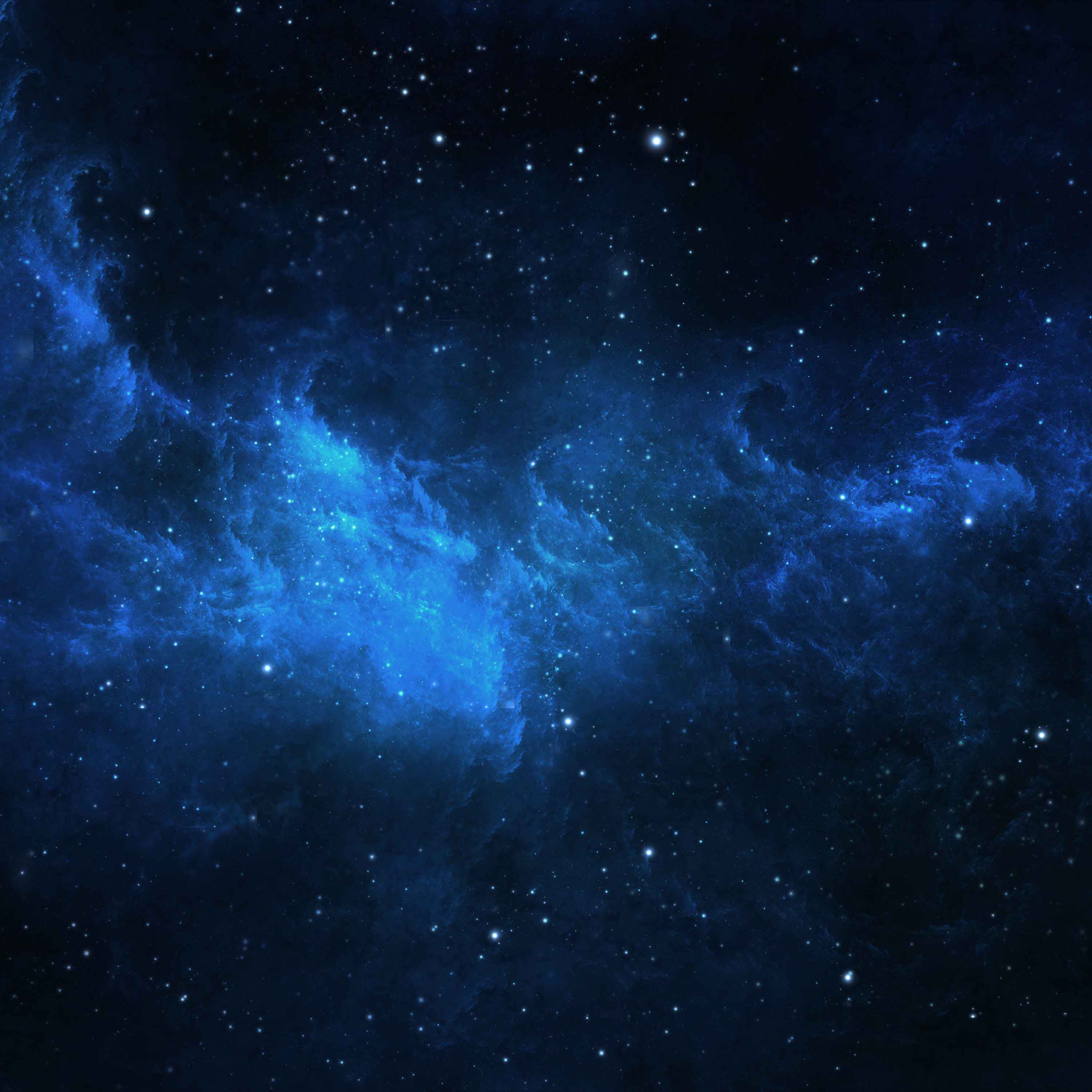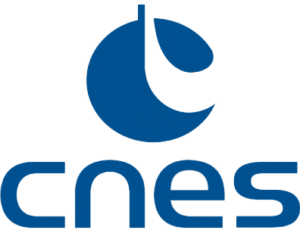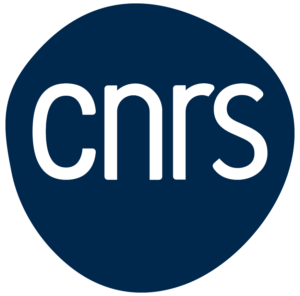Le LAM organise des séminaires scientifiques pour les chercheurs le jeudi à 10h30, dans l’amphithéâtre. Les équipes scientifiques organisent leurs propres événements (séminaires, café-club, journal-club, etc.). Pour en savoir plus, consultez la page de chaque équipe.
La plupart des événements sont annoncés dans l’agenda. Veuillez noter que tous ces événements ne sont pas ouverts au grand public. Pour ceux-ci, veuillez consulter la page des événements publics.
Vous trouverez ci-dessous la liste des séminaires scientifiques pour chercheurs pour la saison en cours.
-
16 May - Antonio de Ugarte Postigo
Antonio de Ugarte Postigo, OCA
GRBs in the SVOM era: Observations and instrumentation
Gamma-ray bursts (GRBs) are dramatic events linked to the collapse of massive stars or the merge of compact objects. They are the most luminous astronomical sources and can be detected at any redshift, making them exceptional labs for extreme physics and unique probes of galaxies across the Universe. However, their luminosity is short lived, requiring specific techniques and instrumentation for their study.The picture that we currently have of GRBs has been strongly determined by the observations of the Swift satellite, now 20 years old. In June 2024, the French-Chinese SVOM satellite will be launched. This mission will open a new window of study, somewhat complementary to that of Swift, that will extend our view of GRBs towards the lower energy regime. In this new window we expect to find both, the highest redshift events, and the low-luminosity, typically nearby ones.In this talk I will present the state of the art of current GRB research as well as the instruments and techniques that are, and will be, used for the follow-up. I will particularly look into the scientific questions that a mission like SVOM will help to answer. -
14 May - Richard Ellis - Progress and surprises in studies of early galaxies with JWST
Progress and surprises in studies of early galaxies with JWST
Richard Ellis, University College London
Abstract: I will attempt to briefly review the astonishing progress made in studies of early galaxies during the first two years of JWST science operations. Although redshift frontiers have been extended beyond those reached with HST and large ground-based telescopes, it is the superb quality of the new data, particularly in the near and mid infrared spectral regions, that represents the primary advance. Spectroscopically, JWST has transformed the observational landscape by measuring the chemical composition of interstellar gas to redshifts beyond z=10 and identifying likely signatures of early and hitherto unrecognised active galactic nuclei. Its superlative image quality is also advantageous, enabling studies of resolved kinematics and stellar populations in distant galaxies. As a result we can now address long-standing questions including which sources likely governed cosmic reionisation, the origin of supermassive black holes, and the role that dust may play in obscuring our census of early systems. We are also tempted to consider whether JWST can locate “cosmic dawn” when chemically-pristine galaxies first emerged from darkness. In addition to discussing JWST’s numerous achievements in the context of these questions, I will also mention some surprises that may, in turn, lead to unforeseen discoveries.
-
18 April - Benoit Famaey - Galactic dynamics in the Gaia era
The seminar will start at 11am.
Galactic dynamics in the Gaia era
Benoit Famaey, Observatoire astronomique de Strasbourg
I briefly present some basic tools of theoretical Galactic dynamics, both in terms of the construction of equilibrium models and of linear perturbation theory. Then, I show how we can construct a stellar phase-space distribution function in the joint presence of the Galactic bar and spiral arms, which matches the exquisite data from Gaia. This provides for the first time a purely dynamical map of the non-axisymmetric structure of our Galaxy.
-
4 April - Laurent Lamy - The (spring) magnetosphere of Uranus probed by a decade of HST observations of its ultraviolet aurorae
The (spring) magnetosphere of Uranus probed by a decade of HST observations of its ultraviolet aurorae
The re-detection and long-term monitoring of the ultraviolet aurorae of Uranus with the Hubble Space Telescope during the past decade has provided a new, so far unique, mean to remotely investigate from Earth the asymmetric magnetosphere of Uranus since its discovery by Voyager 2, while waiting for a future orbital mission. Various spectro-imagers have been used to collect instantaneous images and spectra of the aurorae and of the underlying atmosphere in the Far UV range under variable solar and solar wind conditions. The observations were obtained through a series of programs executed between 2011 and 2023, aimed at sampling various timescales ranging from a fraction of a planetary rotation (~17.24h) up to seasons. This time interval provided the opportunity to sample radically different magnetosphere/solar wind configurations between equinox and solstice. In this presentation, we review the properties of the auroral and airglow emissions, in terms of spatial distribution, energy budget, dynamics and new constraints brought onto the internal rotation period. We highlight how these results will help to prepare the observations to be acquired in orbit from a Uranus orbiter.
Important : If enough time, the seminar will be followed by a 3D projection of movie of the terrestrial polar (borealis and australis) aurorae in the LAM amphitheater.




